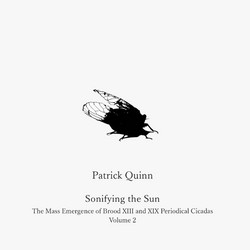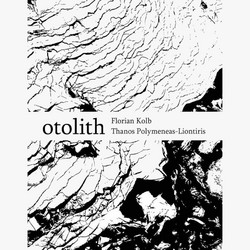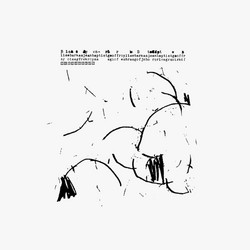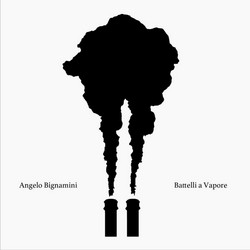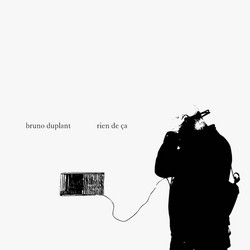In Particles and Waves, Takashi Masubuchi and Yosuke Morone engage in a quiet but magnetic exploration of texture, motion, and resonance. The title operates as both metaphor and structural principle: sound here behaves like physics—colliding, wavering, and dispersing according to invisible laws that govern its unfolding. Rather than following composition in the traditional sense, the two artists construct a sonic environment where intuition and acoustical sensitivity guide the form. Masubuchi’s guitar serves as catalyst, not centerpiece—its harmonics and muted plucks emerge like signals at the edge of perception. Morone surrounds and refracts these gestures through analog electronics, magnetic tape, and subtle loops, bending resonance into drifting continuity. The interplay suggests interaction at the subatomic level: two distinct energies exchanging motion until boundaries blur.
Particles and Waves resists the notion of a fixed center. The music unfolds in concentric patterns: particles—the brief attacks, breaths of reverb, hissing circuitry—circulate inside slower waveforms, deep oscillations that carry the structure from one moment to the next. What results is both microscopic and panoramic at once, a sound world that feels tactile yet nearly immaterial. The recording technique emphasizes presence without containment. Each instrument occupies a porous environment, leaving room for the acoustic imperfections that give the album its physical warmth. The spatial design places the listener in shifting proximity—sometimes inside the wire vibration itself, other times enveloped by the echo of disappearing gestures. Every detail matters; every silence carries information.
Released by Zappak, the album situates itself within a lineage of minimal electroacoustic works that expand intimacy rather than volume. Yet Masubuchi and Morone never succumb to austerity. Their sound, while restrained, pulses with latent energy—the sense of two forces held in delicate alignment, each aware of the other’s potential disruption. Conceptually, the record engages with the dual nature of perception: the particle as discrete instance of sound, the wave as its continuum. In listening, these poles intertwine. A plucked harmonic can stretch into an atmosphere; static noise dissolves into melodic contour. The duo treat this transformation not as an effect, but as the essence of musical time. Their improvisations occupy that in-between state where form crystallizes just as it begins to decay. Through its five extended pieces, Particles and Waves evolves as a meditation on presence—on how sound emerges, sustains, and retreats. There are no climaxes, only slow metamorphoses governed by tension and release. The act of listening becomes participatory: one perceives minute fluctuations, adjusts one’s own internal rhythm to match their undulating pace. By the album’s conclusion, stillness and vibration coexist, indistinguishable from one another. Masubuchi and Morone have not composed scenery; they’ve revealed the mechanisms by which sound itself moves through space—and, by extension, through us. Particles and Waves is less a statement than an event, suspended between physics and reverie, demanding not interpretation but attention.
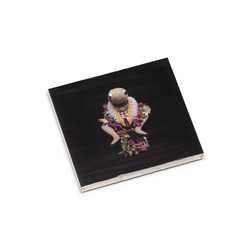

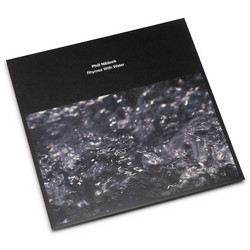
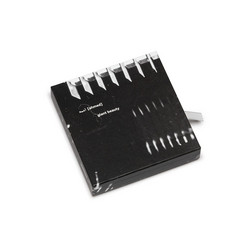
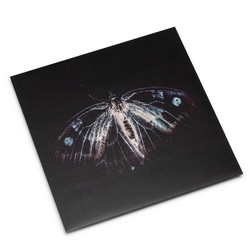
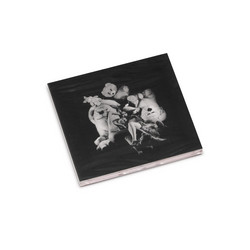
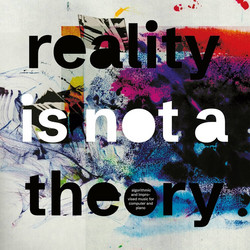
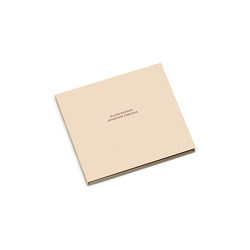
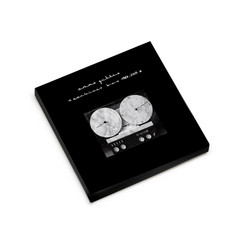
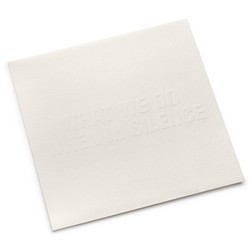
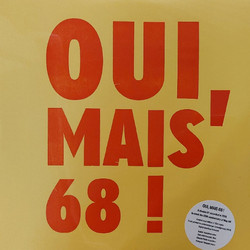

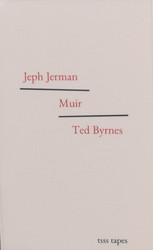
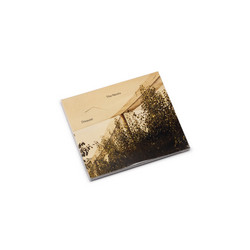
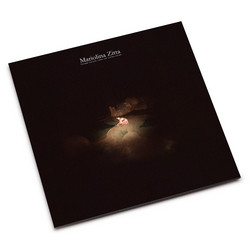

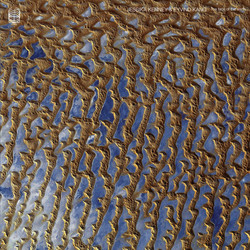
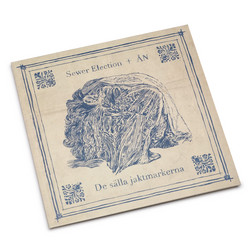

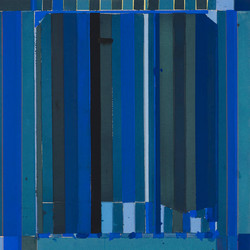
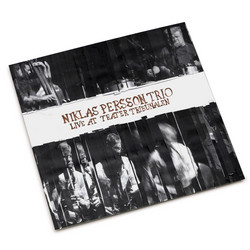
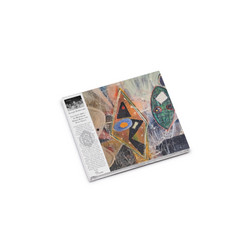
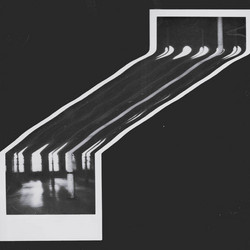
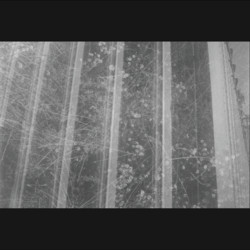
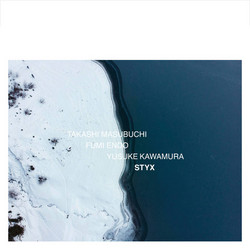
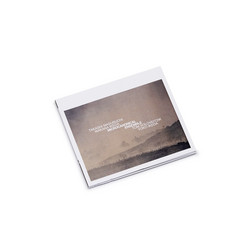
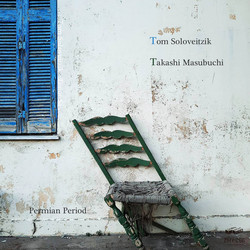

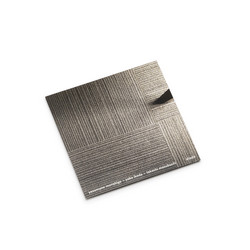
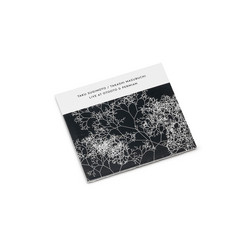

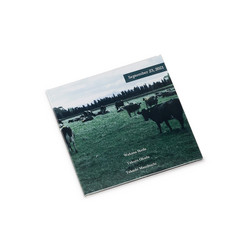
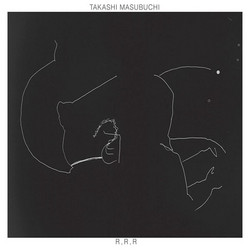
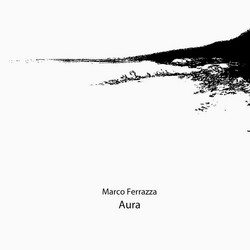
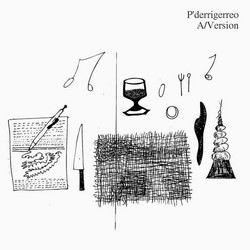
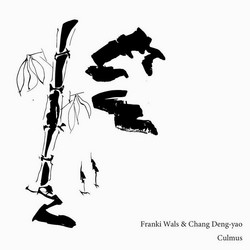
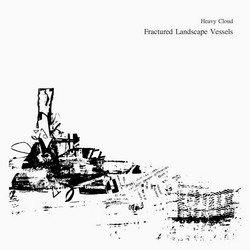
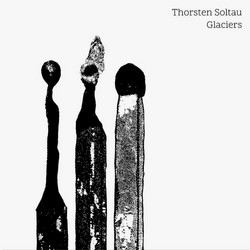
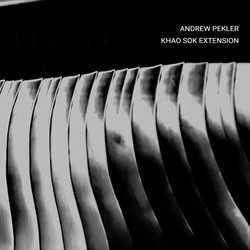

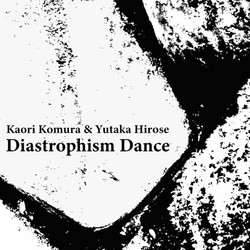

![(Kiku (sense) the [drawing + sound]) 描奏をきく](https://cdn.soundohm.com/data/products/2025-10/Kiku-sense-jpg.jpg.250.jpg)
